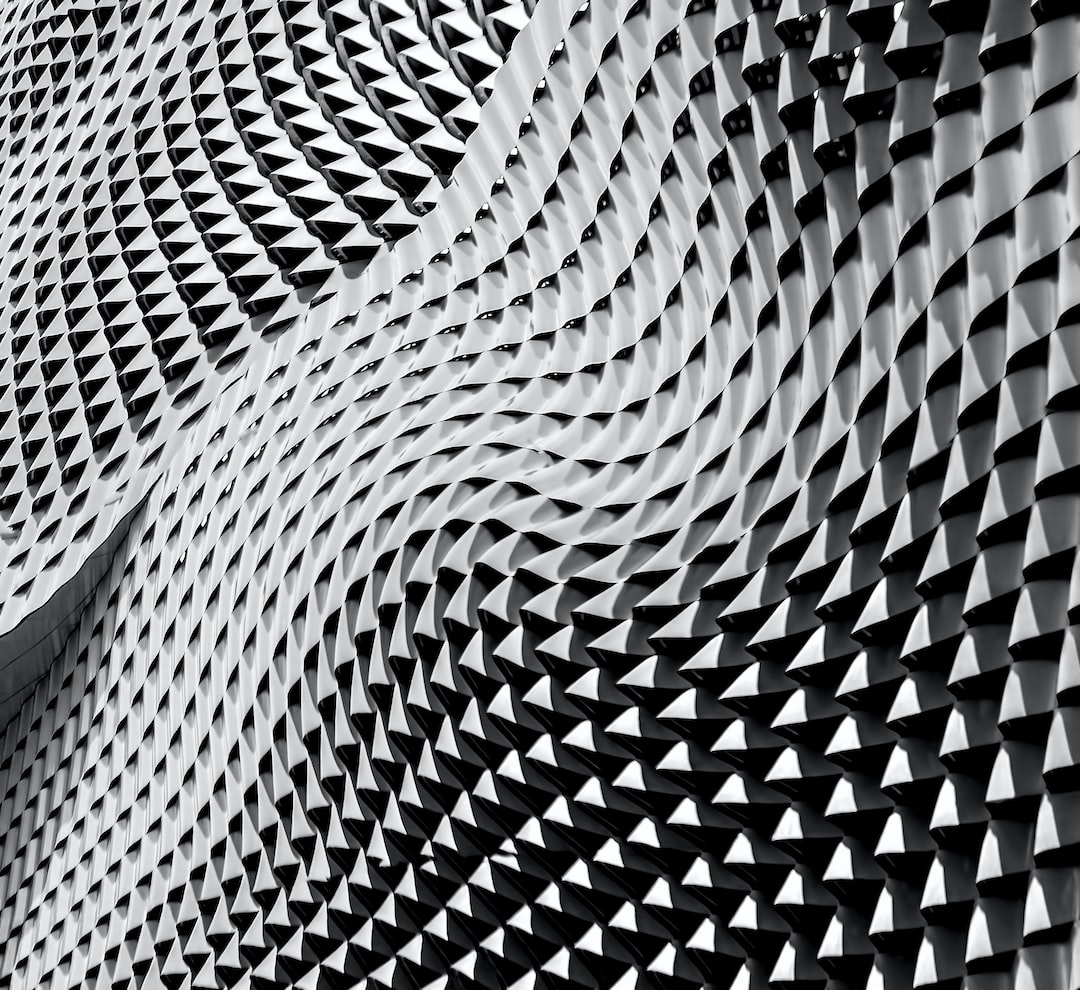Shadows are an essential and often overlooked element in design that can add depth and dimension to your creation. Though shadows just seem like a reduction of light, they have the power to enhance the creativity and aesthetics of your design. Shadows can add drama, intrigue, and complexity to your design work, which can take your work from basic to breathtaking. In this article, we explore creative ways to use shadows in various design contexts.
1. Layering: One of the easiest and most effective ways to use shadows in design is to layer it on top of colored shapes or graphics. Create a base image or shape, and add depth by placing a darker shade of the same object behind it. The contrast between the two shades will provide an illusion of depth and give your image a 3D effect.
2. Blurring: Blurring is a technique that can add a subtle effect to the shadows in your design. You can achieve this by slightly adjusting the blur radius, which will create a sense of distance between the object and its shadow. A blurry shadow can create a soft, subtle, and dream-like effect on your design.
3. Highlighting: Highlighting is a technique that can add an intense effect to the shadows in your design. You can achieve this by adjusting the lighting, creating a bright highlight on the edge of an object that will give your design a dramatic effect. This technique can work well in creating a bold and striking design.
4. Masking: Masking is a technique that can add a unique twist to your design. You can create a shadow that only partially covers an object or graphic, revealing part of the object or graphic beneath the shadow. This technique works well in creating a sense of mystery and intrigue, as the viewer is left wondering about the object that is partly visible.
5. Perspective: Perspective is a technique that can make your design come to life. By adding multiple shadows to your object at different angles, you can create the illusion of movement and depth. This technique works well in creating a dynamic design, as the shadows simulate the movement of the object.
6. Texture: Adding texture to the shadow can add an interesting effect to your design. You can create a shadow with a textured surface that will add complexity and interest to your design. This technique can work well in creating a naturalistic feel to your design.
7. Light sources: The source of the light can create interesting effects on your design. You can create a shadow that is placed in an unconventional position, or create multiple shadows that overlap, to create a unique design. This technique can work well in bringing attention to the light source, and emphasize the composition of the design.
In conclusion, shadows are a very powerful element in design, most often overlooked but has the power to make a significant impact on the viewing experience. Creative use of shadows can enhance the aesthetics, add depth, and bring an innovative effect to your design. With the techniques that we have discussed, we hope you will incorporate shadows into your design work and create captivating artwork.

